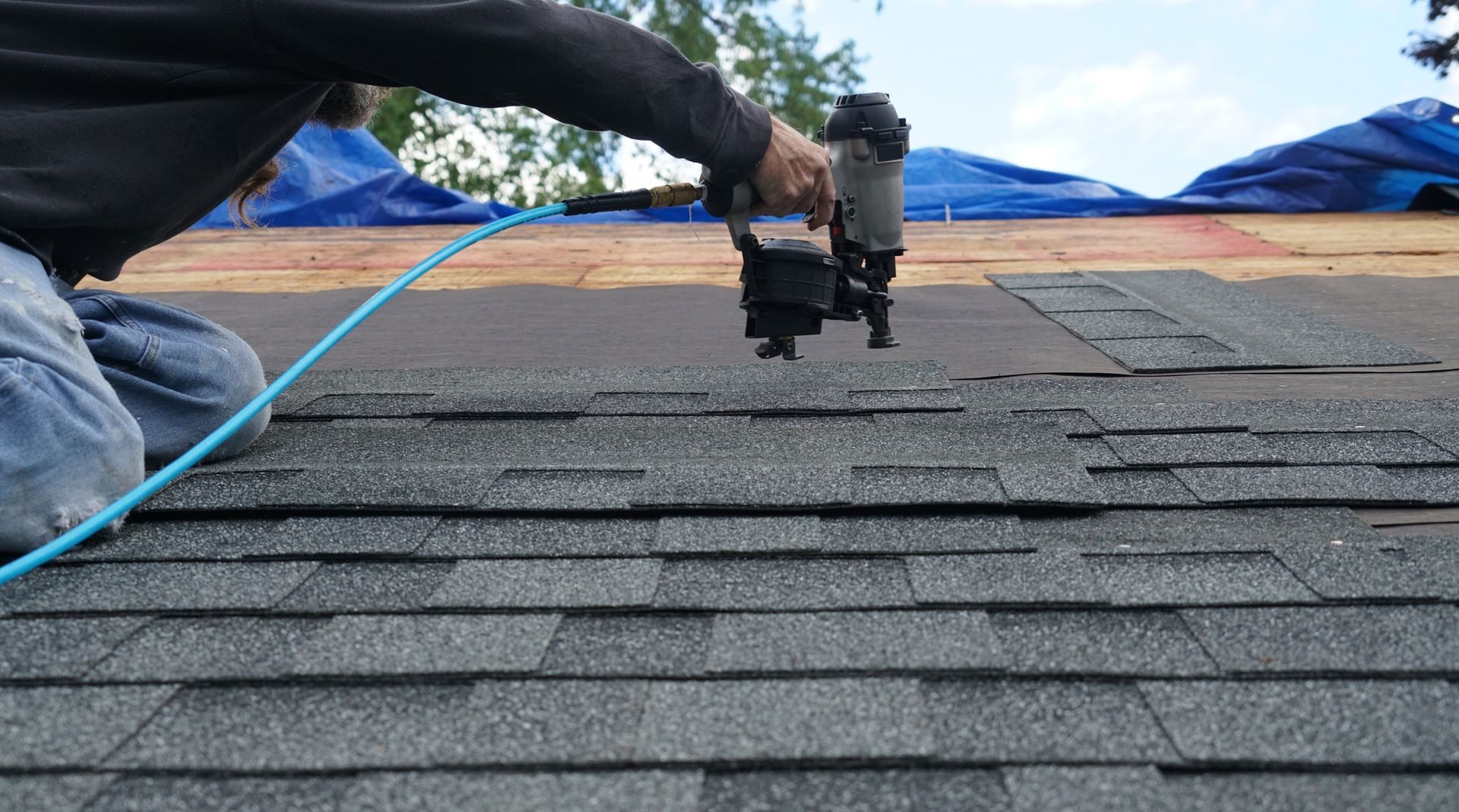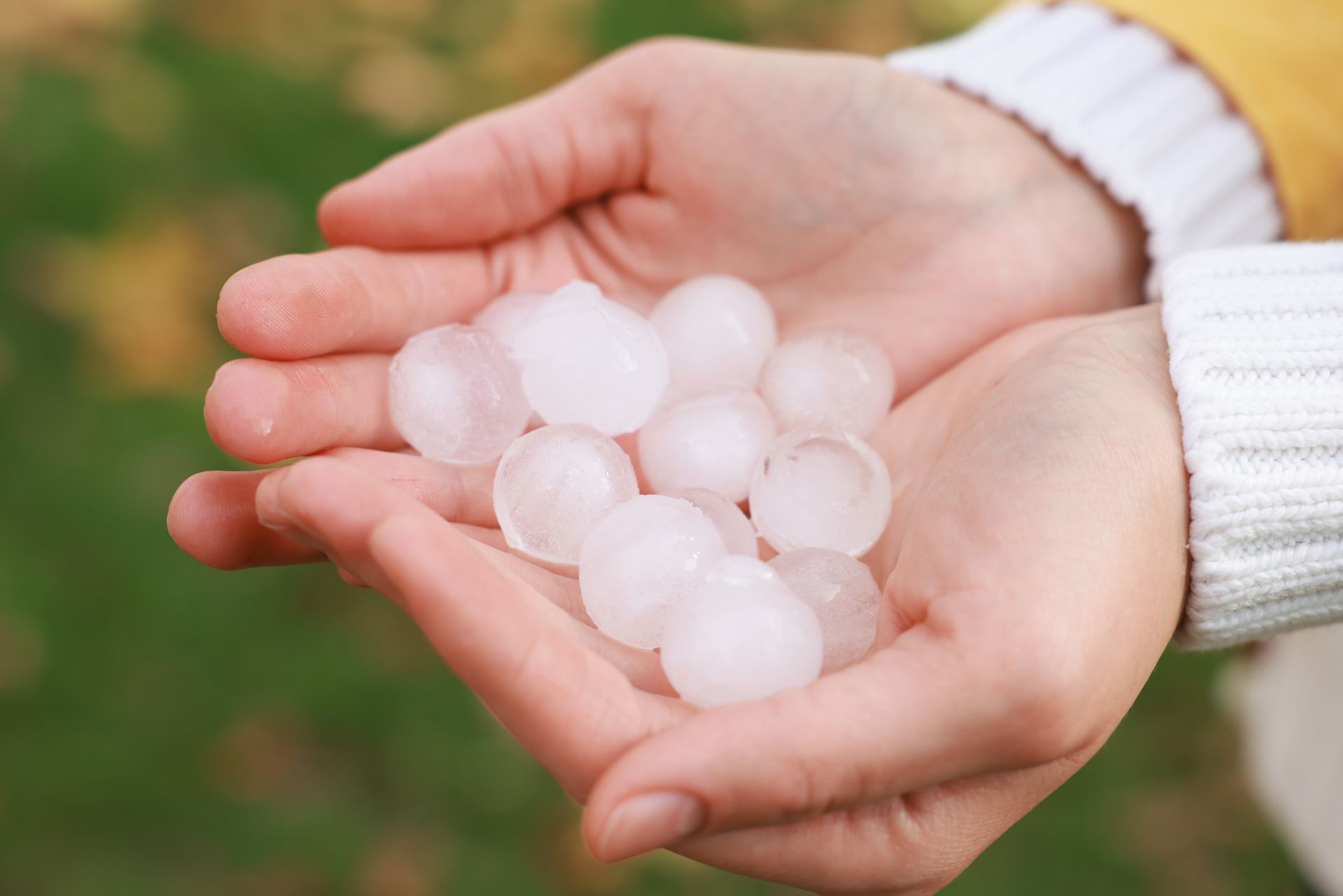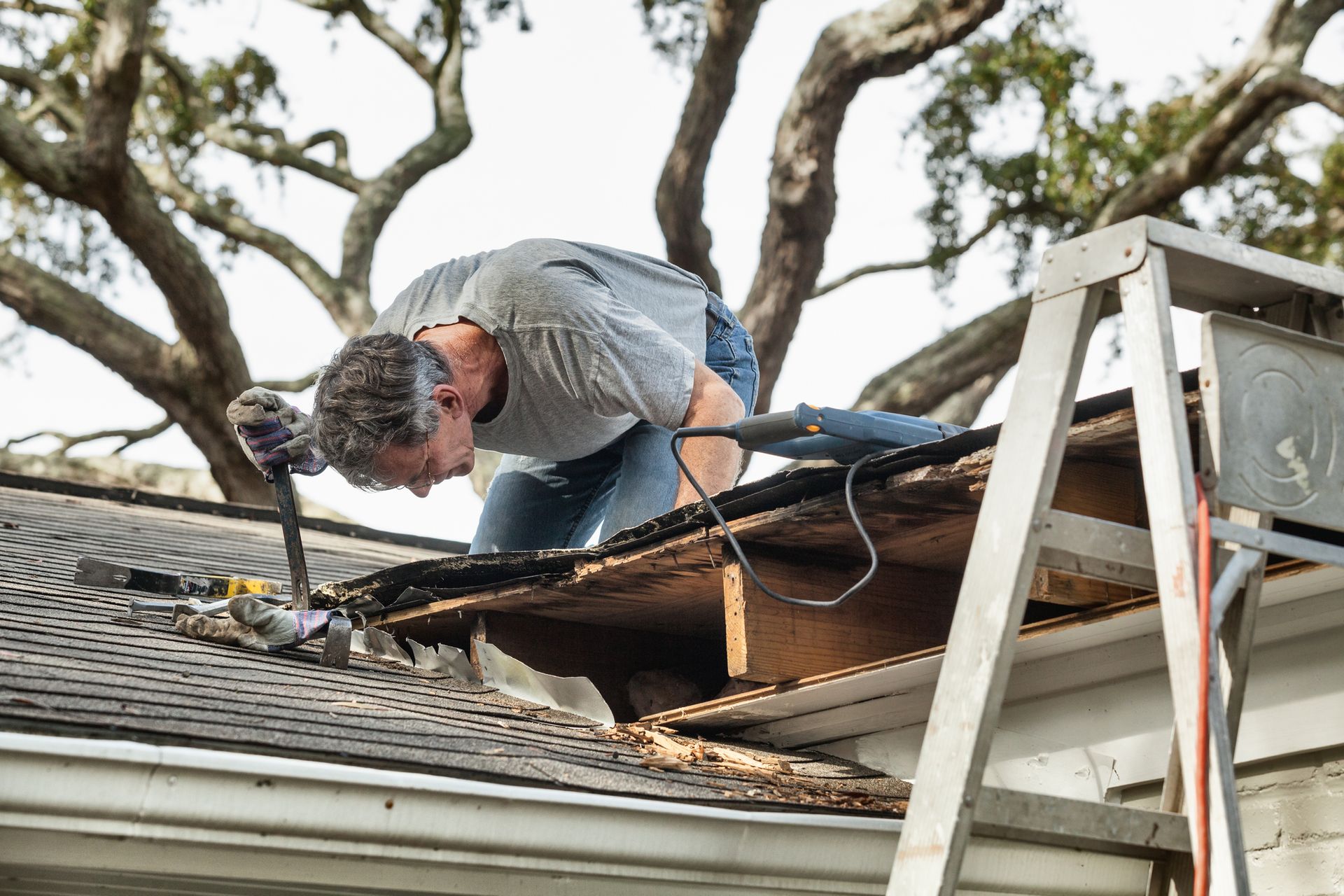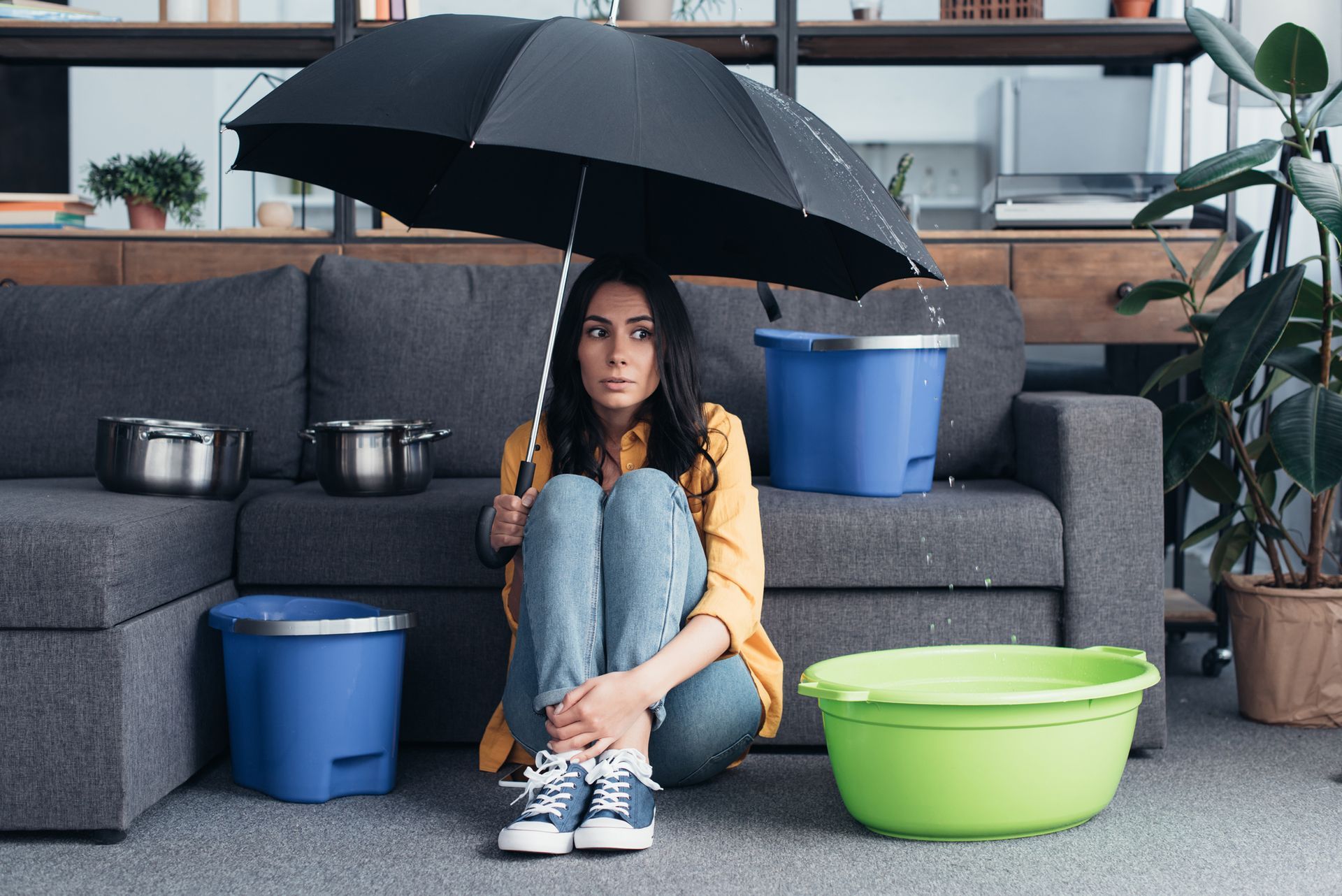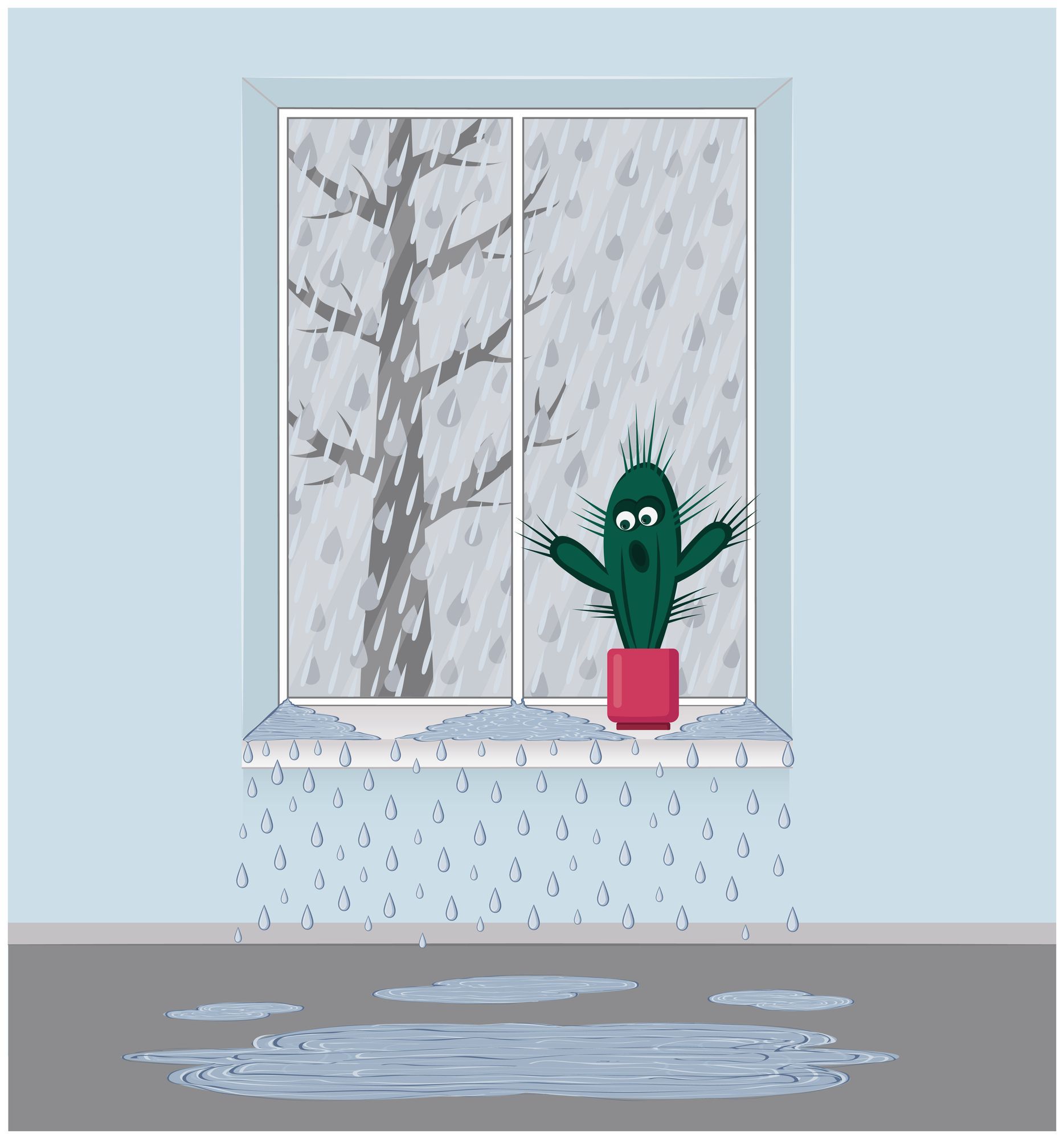Getting Your Home Ready for Severe Weather
Rachael Eslao • May 9, 2021
The Guide to Getting Your Home Ready for Any Severe Weather This Summer.
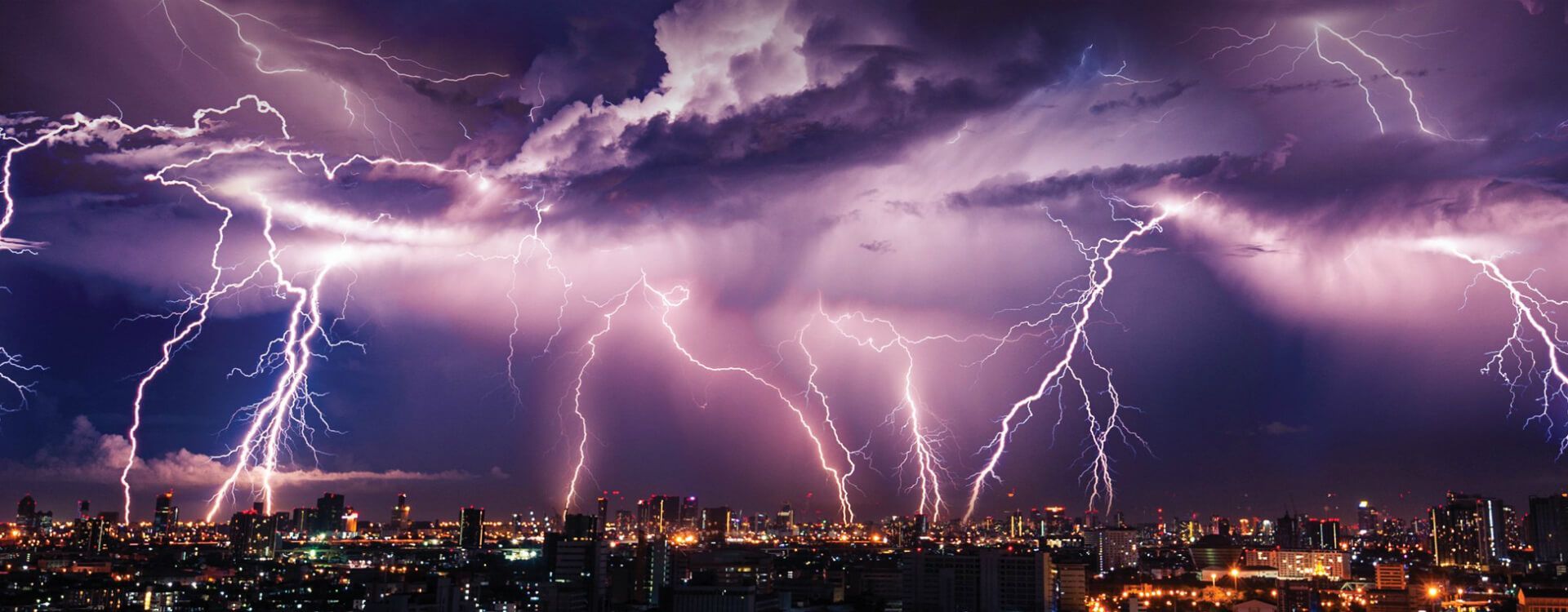
If severe weather comes your way, are you prepared? Where you live will determine the types of storms you're bound to face. Here are a few safety tips to help you navigate storm season across the country.
Tornados
Almost all states are at least minimally prone to tornadoes although the states with the highest risk are located in Tornado Alley (South Dakota to Texas). Spring and summer are the tornado season.
Follow these severe weather tips before a tornado strikes:
• Be on the lookout for approaching thunderstorms and stay alert for signs of tornadoes, including dark skies, large-sized hail, low clouds, or a roaring sound.
• To remain informed, listen to the NOAA Weather Radio, local radio stations, or local TV newscasts. Follow any storm instructions given by emergency officials in your area.
• Know what your emergency alerts mean: A tornado watch
means a tornado is possible and to be ready to take shelter. A tornado warning
means a funnel has been spotted and to move to your designated tornado shelter in your home.
• Know where to take shelter and have a plan in place BEFORE tornado season arrives. A safe place to take shelter is in the basement or storm cellar, if you don't have an underground room, an interior bathroom away from windows is the best place to hunker down.
Hurricanes
The Atlantic Ocean and Gulf coast are the highest at risk for hurricanes. During hurricane season, which lasts from June to November, storms generated in the Gulf of Mexico may also bring heavy rains and floods to the southwest parts of the US.
Follow these severe weather tips before a hurricane strikes:
• Find out how much elevation your property has so you can determine if you are at risk of flooding. Find out if levees or dams were to break in your area how could affect you and your home.
• Understand where high ground is in your city and how to get there in an emergency.
• Install storm shutters or plywood to cover windows; install straps to fasten your roof to the frame structure, and reinforce garage doors.
• Consider bringing untethered outdoor items inside; trimming shrubs and trees to reduce the chance of it becoming a hazard in high wind and finding the best way to secure your boat.
• Know what your emergency alerts mean: A hurricane warning
means hurricane-like conditions are expected in the next 36 hours due to sustained winds of 74mph or higher. A hurricane watch
is similar to a warning but instead of 36 hours, it is 46 hours.
Thunderstorms
Thunderstorms are dangerous because they are always associated with lightning, as well as hail, strong wind, flash flooding, tornadoes, and wildfires. The summer is the most likely time for a thunderstorm to occur in the US.
Follow these severe weather tips before a thunderstorm strikes:
• You can prepare your home by closing all windows and doors as well as unplugging electronics.
• Put away outdoor objects inside and remove damaged branches from trees that could fall during the storm.
• Keep an eye on the sky and tune in to your NOAA Weather Radio for updates.
• Know what your emergency alerts mean: A severe thunderstorm watch
means thunderstorm conditions are likely to occur. A severe thunderstorm warning
means the radar indicates stormy conditions already exist.
• In the event, a severe thunderstorm warning is issued, seek shelter indoors, or if no buildings are nearby seek shelter within a hard-top vehicle.
Additional Tips
• Have an emergency kit ready.
• Have a family communication and shelter or evacuation plan.
• Know your locations shelters and evacuations route.
• Have an after-storm clean-up plan.
• Check your storm insurance coverage before bad weather season.
We provide Emergency Tarping and Boarding up for homes damaged by severe weather. Call Roof Tarp and Board up today to begin the restoration process!



